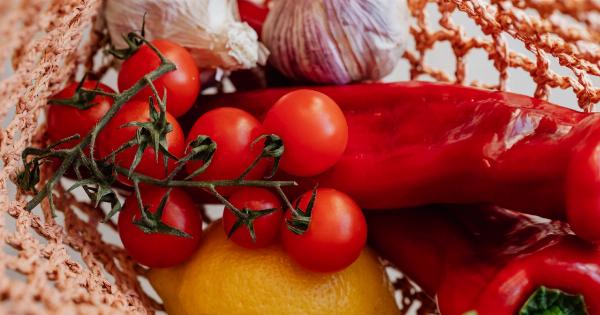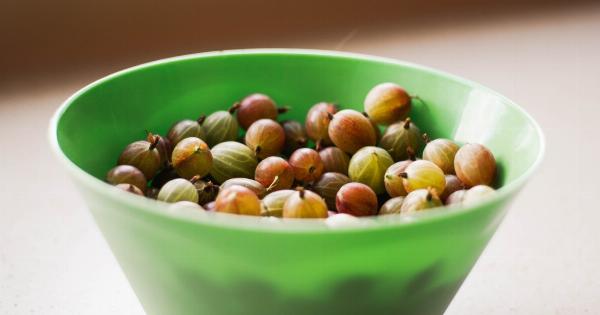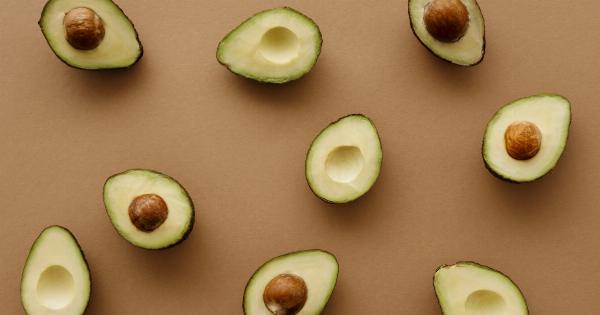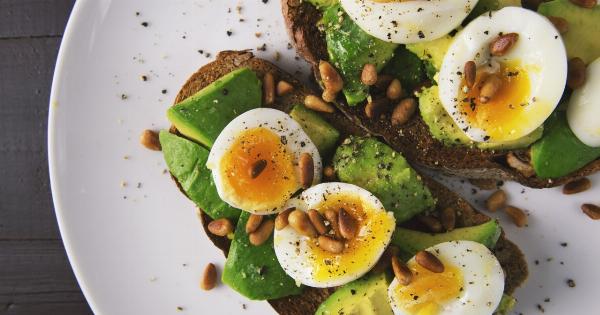High blood sugar, also known as hyperglycemia, occurs when there is too much glucose (sugar) in the bloodstream. It is a common issue among individuals with diabetes and can lead to various health complications if not managed properly.
While medication and lifestyle changes are essential for controlling high blood sugar levels, making simple diet alterations can also play a significant role in managing this condition. This article discusses ten simple dietary changes that can help lower high blood sugar levels.
1. Increase Fiber Intake
Fiber-rich foods have been shown to slow down the absorption of sugar in the bloodstream, helping to stabilize blood sugar levels.
Including more whole grains, fruits, vegetables, legumes, and seeds in your diet can significantly contribute to increased fiber intake. Aim for at least 25-30 grams of fiber per day.
2. Choose Low-Glycemic Index (GI) Foods
The glycemic index ranks carbohydrates based on how quickly they raise blood sugar levels. Consuming foods with a low GI can prevent spikes in blood sugar.
Some examples of low-GI foods include whole grains, leafy greens, nuts, and non-starchy vegetables.
3. Control Portion Sizes
Controlling portion sizes is essential for managing blood sugar levels. By consuming smaller portions, you can prevent excessive intake of carbohydrates that can cause a rapid rise in blood sugar levels.
Consider using smaller plates and measuring servings using measuring cups or a food scale.
4. Decrease Added Sugar Consumption
Added sugars, such as those found in sweetened beverages, desserts, and processed foods, can quickly elevate blood sugar levels. Minimize your consumption of these sugary treats and opt for natural sweeteners like stevia or sugar substitutes.
5. Include Lean Protein
Adding lean protein sources to your meals can help slow down the digestion and absorption of carbohydrates, preventing blood sugar spikes. Opt for lean meats, fish, eggs, tofu, and legumes as excellent protein choices.
6. Emphasize Healthy Fats
Healthy fats, such as those found in avocados, nuts, seeds, and olive oil, can aid in blood sugar control by slowing down digestion. Including moderate amounts of healthy fats in your diet can also enhance satiation and prevent overeating.
7. Opt for Whole Foods
Whole foods, in their natural and unprocessed states, are generally better for blood sugar control compared to processed food items.
Fresh fruits, vegetables, whole grains, and lean proteins should form the basis of your meals, while packaged and processed foods should be limited.
8. Stay Hydrated
Drinking plenty of water throughout the day is crucial for maintaining optimal blood sugar levels. Water helps in flushing out excess sugar through urine and keeps the body hydrated. Aim for at least 8 cups (64 ounces) of water per day.
9. Be Mindful of Carbohydrate Intake
Carbohydrates have the most significant impact on blood sugar levels. Be mindful of the types and amounts of carbohydrates you consume.
Focus on complex carbohydrates, such as whole grains, fruits, and vegetables, while limiting refined and processed carbohydrates.
10. Regular Meal Timing
Establishing regular meal timings and avoiding long gaps between meals can help maintain steady blood sugar levels. Plan your meals and snacks throughout the day to prevent sudden dips or spikes in blood sugar.






























